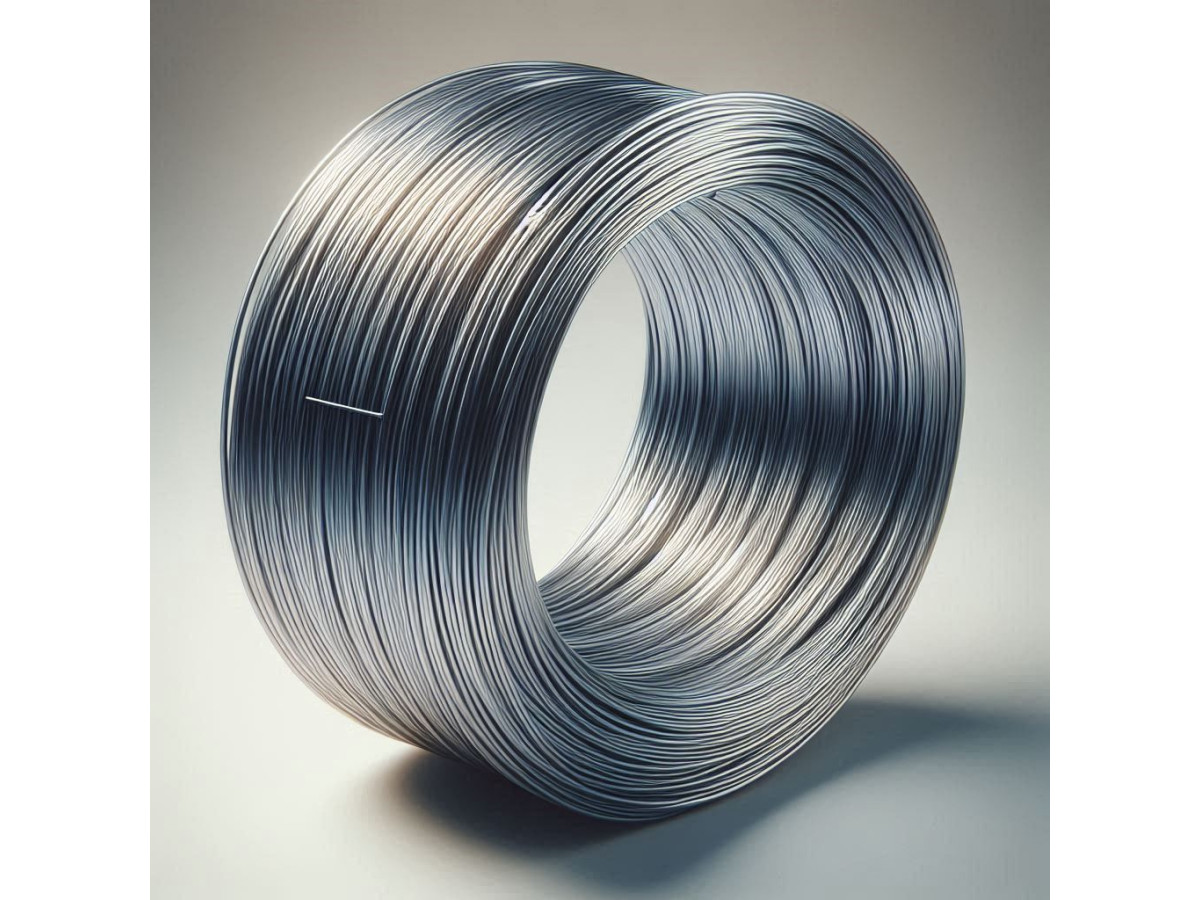Galvanized wire has long established itself as an indispensable assistant in horticulture. This versatile material helps create reliable structures for supporting plants, organizing space, and protecting plantings. In our detailed guide, we will explore all aspects of using galvanized wire in the garden and share practical tips on its application.
Advantages of Galvanized Wire in Horticulture
Before diving into practical aspects, it's worth noting the key advantages of galvanized wire for gardening tasks. This material has high corrosion resistance due to the protective zinc coating, which is particularly important with constant moisture exposure. Galvanized wire is characterized by strength and durability, while remaining flexible enough to create various structures. It is also environmentally safe – the material does not release harmful substances when in contact with soil and plants.
Creating Trellises for Plants
Trellises are one of the most popular applications of galvanized wire in the garden. To create a reliable trellis, it is important to choose the correct wire thickness – for the main structure, it is optimal to use wire with a diameter of 2-3 mm, while for cross supports, 1-1.5 mm is sufficient. The trellis construction starts with installing support posts, between which horizontal wire is stretched at different height levels. The distance between levels is usually 30-40 cm, which is optimal for most plants.
Vertical supports are installed with an interval of 40-50 cm, creating a lattice structure. During installation, it is essential to ensure sufficient tension in the wire – special tensioners or simple threaded hooks are used for this purpose. Special attention should be paid to securing the ends of the wire – it is recommended to make at least three turns around the support and then secure the end.
Fencing for Beds and Protecting Plantings
Galvanized wire is excellent for creating lightweight and practical bed fences. Such structures help protect plantings from domestic animals and delineate planting boundaries. To create a basic fence, it is sufficient to install small stakes at the corners of the bed and stretch wire between them in several rows. The height of the fence is usually 20-30 cm, which is sufficient for most cases.
To protect against birds, a lightweight frame can be created over the bed by stretching wire in arches and securing a net or cover material on it. This construction is especially relevant for protecting berry crops and young seedlings.
Structures for Climbing Plants
The use of galvanized wire to support climbing plants deserves special attention. Here, creativity can shine through, allowing for the creation of various structures – from simple vertical supports to complex arches and pergolas. When creating such structures, several key points should be considered:
Key requirements for structures for climbing plants:
- Strength of supports. Use wire with a diameter of at least 2.5 mm; for heavier plants, a larger diameter or rebar is advisable. Drive supports deep into the ground or secure them in concrete.
- Distance between guides: 15-20 cm, adjust depending on the plant and its growth.
- Reliability of fastenings. Use high-quality fastening elements, regularly check and tighten them.
- Height of the structure. Consider the maximum growth of the plant in the future.
- Accessibility for care. Ensure easy access for pruning, tying, and harvesting.
Practical Installation Tips
The success of using galvanized wire largely depends on the correct installation of structures. Basic tools and materials for work: cutters or side cutters for cutting wire, pliers for forming loops and fastenings, tensioners or turnbuckles for creating necessary tension in the wire, special hooks and rings for securing the wire to supports, a level for checking the horizontal alignment of the structure, and a tape measure for precise marking.
When installing any structures, avoid excessive tension in the wire, leaving a small allowance for thermal expansion. All wire cuts should be neatly bent or closed with special caps to avoid injuries. When creating complex structures, it is advisable to first sketch and make the necessary calculations.
Special attention should be paid to the choice of fastening points – they should be strong enough to withstand the weight of plants and wind loads. When using wooden supports, it is recommended to use special washers or plates to distribute the load and prevent the wire from cutting into the wood.
Other Nuances
Regular inspection and maintenance of galvanized wire structures will help prolong their lifespan. It is especially important to check the tension of the wire in spring and autumn when the most significant temperature fluctuations occur. If weakened areas or damage are found, they should be addressed promptly to prevent the collapse of the entire structure.
With the right approach to using galvanized wire, you can create reliable and durable structures that will serve you and your garden for many years. Experiment with various shapes and designs, but always remember safety and practicality in your solutions.

